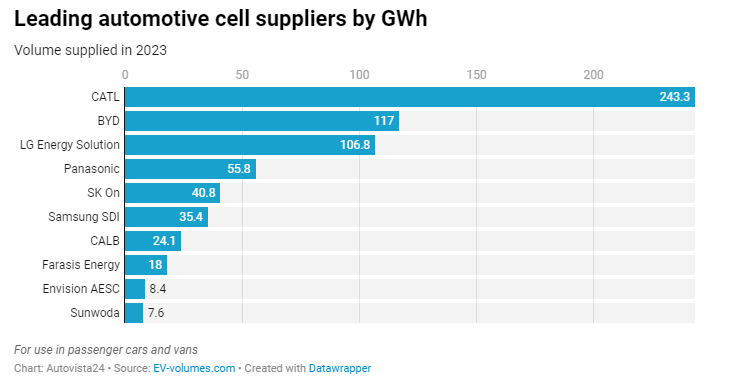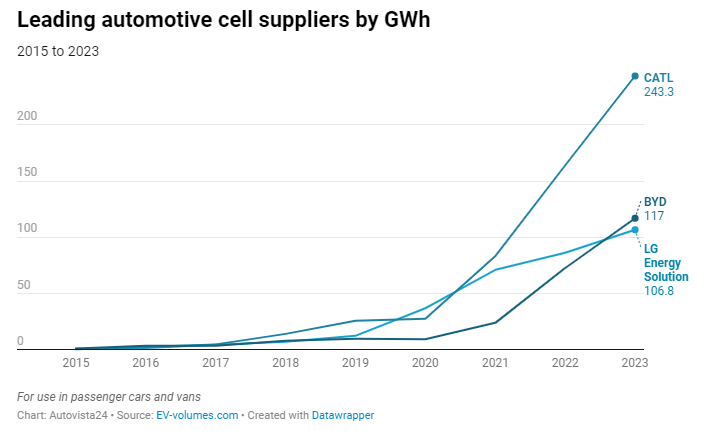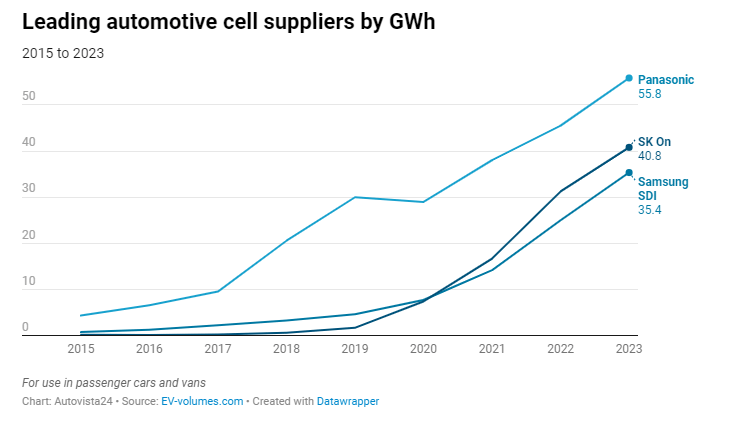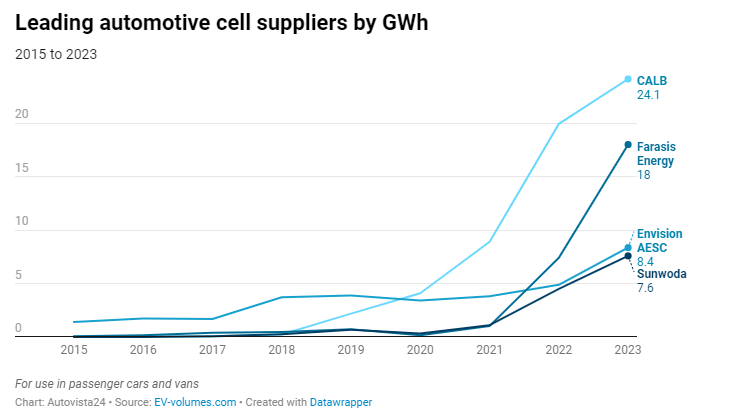How will the automotive industry be influenced by wider economic trends in 2024? In this Autovista24 podcast, editor Tom Geggus asks Autovista Group’s chief economist what can be expected this year.
Speaking in a webinar with Assurant’s European business development and commercial director, Damian Tyler, Autovista Group’s chief economist, Dr Christof Engelskirchen, outlined his expectations for 2024.
The pair discussed economic resilience amid uncertainty, supply versus demand and residual values (RVs). In a follow-up podcast, Engelskirchen discussed the COVID-19 pandemic, the export expectations of Chinese carmakers, and the influence of incentives.
Subscribe to the Autovista24 podcast and listen to previous episodes on Apple, Spotify, Google and Amazon Music.
Show notes
Webinar: Optimising the year ahead
Shocks and resilience
In recent years, economies around the world have experienced several severe shocks. The COVID-19 pandemic, supply-chain disruptions and major international conflicts have all acted as extreme stress tests.
It appears that economies have managed to overcome these challenges, demonstrating an impressive amount of resilience. Engelskirchen pointed out that global trade has continued to develop side-by-side with economies.
So, what does this mean for new-car markets specifically? According to forecasts from EV-volumes.com (part of Autovista Group), it will take some time before registrations return to pre-pandemic levels.
Chinese car market
One country which has seen its automotive market grow at a rapid rate in recent years is China. ‘The Chinese automotive market is in a situation where there is a lot of supply and necessity to grow and to create economies of scale,’ Engelskirchen explained.
China currently plays host to a lot of brands, all looking to accelerate their growth and cement their market position. However, if these companies want to keep expanding, this goal cannot be achieved by focusing solely on their domestic automotive market.
Carmakers are therefore looking to establish themselves in fresh regions with new models, featuring the latest technology at a competitive price. While North America poses a challenge, Chinese brands have already got to work in Europe.
However, with demand coming under stress in the region, the success of these new entrants will be determined by how the European market reacts to this additional supply of vehicles.
Incentive implications
Certain European countries are now trying to ensure a level playing field through the use of incentives. Some subsidies are now dependent upon where a car and its components originate, meaning several brands from China no longer qualify.
However, European countries should try to avoid over-regulating the market. This could prove detrimental for many European car brands that are dependent on exporting models to China.
‘You have to be quite careful in how to address these topics because otherwise, you are just creating a trade conflict, which in the end would create a situation where we would have less global trade,’ said Engelskirchen. ‘This is from an overall economic wealth perspective, not the better solution to the challenges at hand.’
This content is brought to you by Autovista24.


 Close
Close





